Tacos get the headlines, but they’re just the opening act in Mexico’s culinary circus – a riot of color, spice, and unapologetic deliciousness where every bite comes with personality.
From street carts to abuela’s kitchen, Mexican food operates on one ironclad rule: if it doesn’t make you want to lick the plate, it’s not done right.
The flavors don’t whisper – they mariachi-trumpet-blast through your taste buds in a confetti explosion of lime, chili, and slow-cooked magic.
1. Salsa: The Liquid Gold That Transforms Everything It Touches
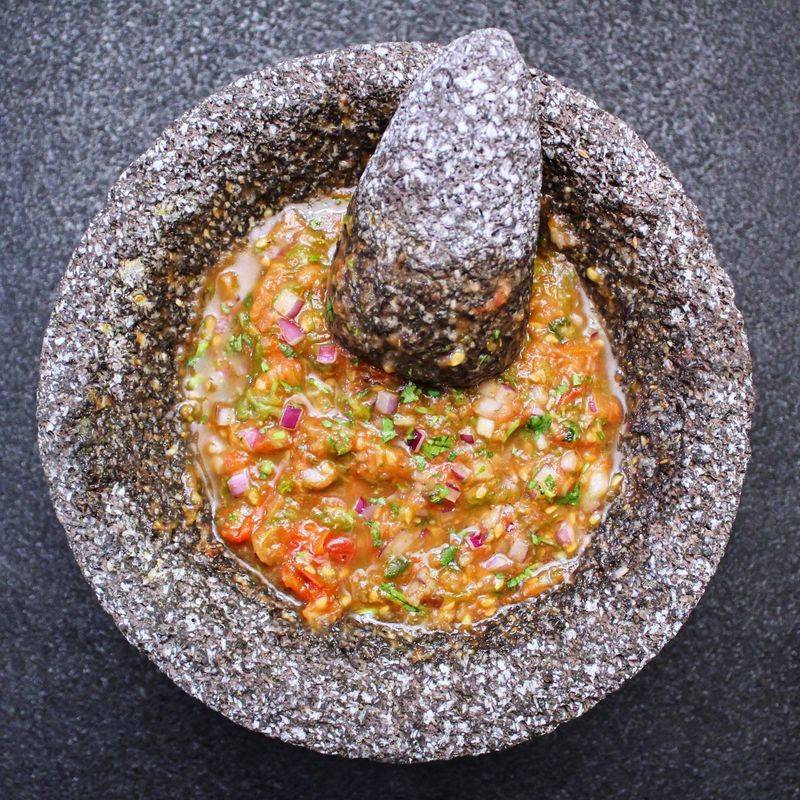
Holy moly, have you ever witnessed the magic that happens when fresh tomatoes, cilantro, onions, and chiles come together? Salsa isn’t just a condiment—it’s a way of life!
Whether you’re team chunky or team smooth, these vibrant concoctions elevate everything from eggs to grilled meats. Forget ketchup; salsa is the true king of sauces that deserves your undying loyalty.
2. Mole: The Complex Symphony That Puts Other Sauces To Shame
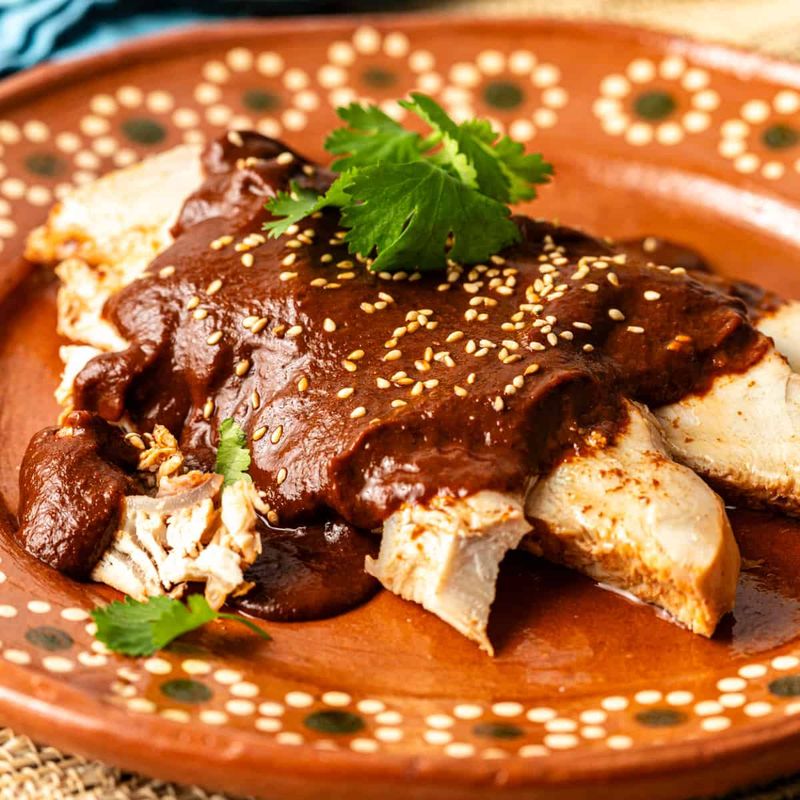
Chocolate in a savory sauce? Absolutely genius! Mole (pronounced moh-lay) combines dozens of ingredients including chilies, nuts, seeds, spices, and yes—chocolate—creating liquid poetry.
Though preparation might take hours or even days, the result is worth every second. No other cuisine dares to blend 20+ ingredients into a harmonious sauce that makes taste buds dance with joy!
3. Corn: The Ancient Grain Elevated To Art Form
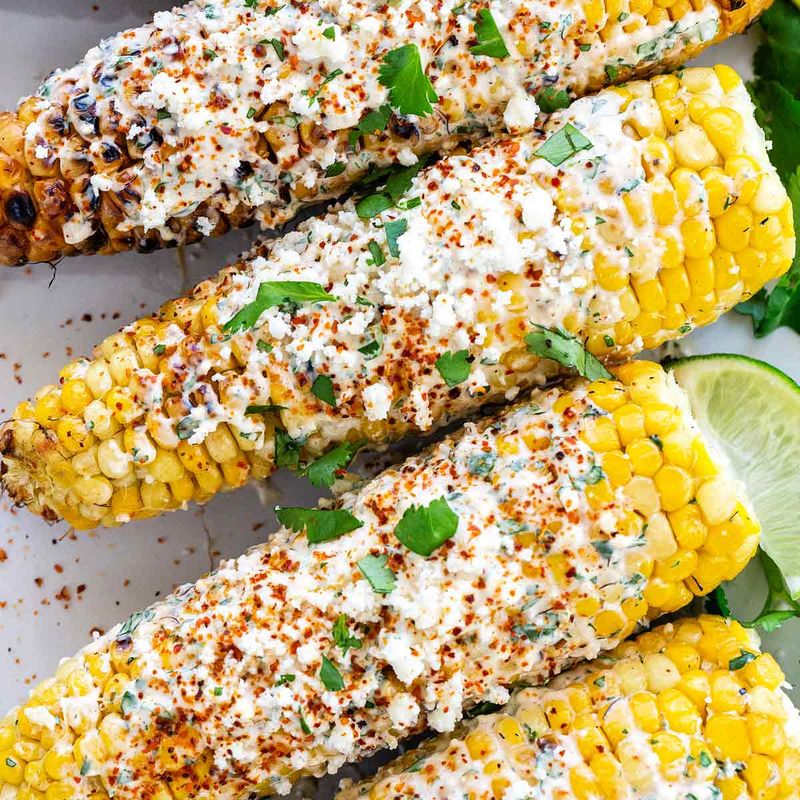
Long before Europeans arrived in the Americas, Mexicans were perfecting corn in ways that still blow minds today. From hand-pressed tortillas to street corn slathered with mayo, cotija cheese, and chile powder—the humble maize becomes extraordinary.
Where else can a single ingredient transform into tamales, pozole, atole, and countless other delights? Grab some elote and prepare for corn-viction!
4. Regional Diversity: A Country Of 1000 Flavors

Yucatán’s cochinita pibil bears little resemblance to Baja’s fish tacos, yet both proudly wave the Mexican flag! Each of Mexico’s 32 states offers distinct culinary traditions shaped by geography, history, and indigenous influences.
What if I told you Oaxaca alone has seven different mole varieties? Mexican cuisine isn’t one thing—it’s a magnificent tapestry of regional masterpieces that rewards the adventurous eater!
5. Ancient Techniques: Cooking Methods That Survived Centuries

Ever wondered how barbacoa gets that heavenly tenderness? The ancient pit-cooking method—wrapping meat in maguey leaves and slow-cooking underground—predates European contact!
From nixtamalization (treating corn with lime) to stone molcajetes for grinding spices, Mexican cuisine preserves techniques that modern gadgets can’t replicate. These ancestral methods don’t just make food—they create time machines to taste history itself!
6. Chapulines: Crunchy Grasshopper Snacks That Challenge Your Food Boundaries
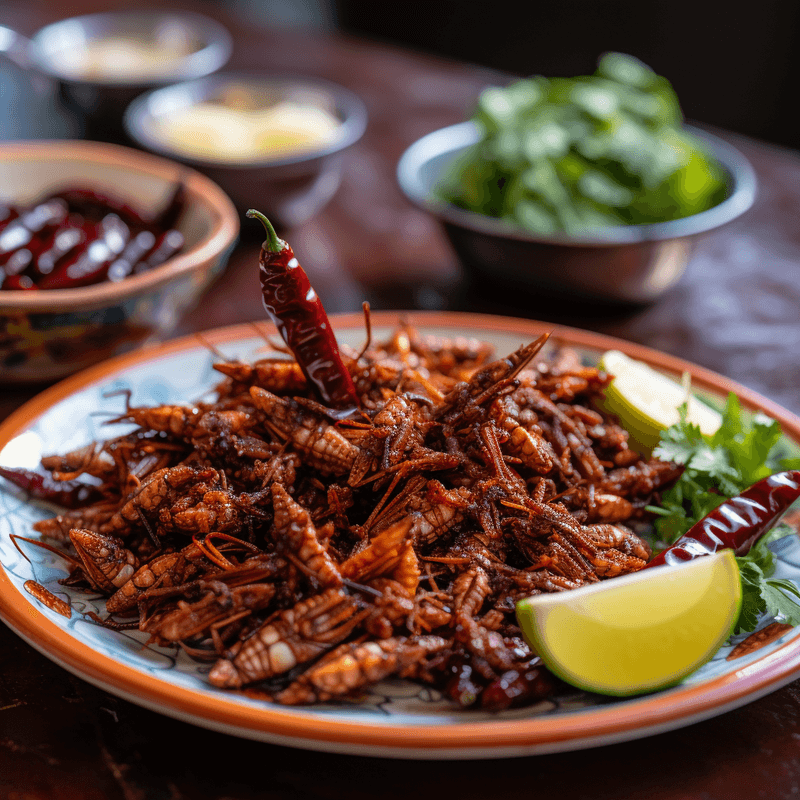
Toasted grasshoppers might make you squirm, but they’re a protein-packed delicacy in Oaxaca that dates back to pre-Hispanic times! Seasoned with lime, garlic, and chili, these crunchy critters deliver an earthy, nutty flavor that’s surprisingly addictive.
Mexican cuisine boldly embraces ingredients that other food cultures shy away from. Chapulines are typically served in tacos or tostadas, or simply eaten by the handful as a snack.
7. Breakfast Revolution: How Chilaquiles Changed Morning Meals Forever
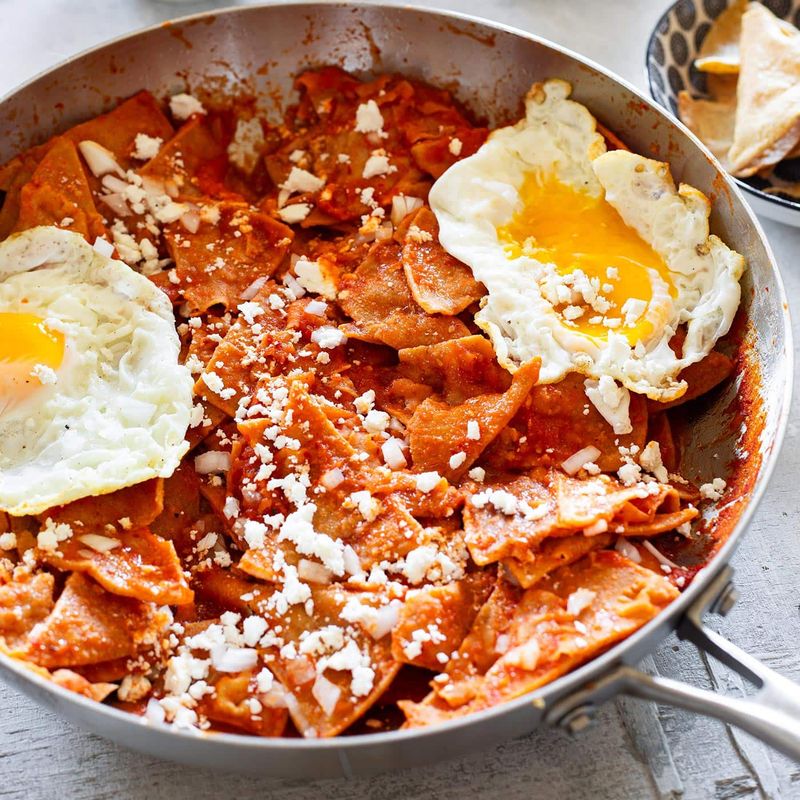
Leftover tortillas transformed into morning magic—that’s the genius of chilaquiles! Crispy tortilla pieces get smothered in red or green sauce until slightly softened, then topped with crema, cheese, eggs, and sometimes shredded chicken.
Unlike boring cereal or plain toast, this breakfast powerhouse balances textures and flavors that wake up your taste buds. The dish represents Mexican ingenuity, turning yesterday’s leftovers into today’s craveable meal.
8. Agua Frescas: The Rainbow-Colored Drinks That Make Soda Look Boring

Forget artificial sodas! Mexico’s agua frescas—literally “fresh waters”—are nature’s answer to refreshment. Made by blending fresh fruits, flowers, seeds, or grains with water and a touch of sweetener, these vibrant drinks cool you down without the chemical overload.
Jamaica (hibiscus) delivers a cranberry-like tang with stunning ruby color. Horchata’s cinnamon-rice creaminess soothes even the spiciest meal. Cucumber-lime agua refreshes like nothing else on a scorching day.
9. Mercados: The Sensory Wonderlands Where Mexican Food Comes Alive

Mexican markets aren’t just shopping destinations—they’re living food museums where centuries of culinary tradition unfold before your eyes! Stalls overflow with dozens of chile varieties in every color, shape, and heat level imaginable.
The air swirls with competing aromas: sizzling meat from taco stands, chocolate and cinnamon from mole paste vendors, and the sweet perfume of tropical fruits you’ve never seen before. Vendors call out their specialties while pressing fresh tortillas by hand.
10. Nixtamalization: The Ancient Chemical Process That Makes Mexican Corn Superior

“Nixt-a-what?” This 3,500-year-old Aztec technique revolutionized corn processing by soaking and cooking maize in alkaline solution (typically limestone). The chemical reaction doesn’t just soften corn—it unlocks nutrients, improves flavor, and prevents pellagra disease!
Without this brilliant innovation, we wouldn’t have the perfect masa for tamales, tortillas, or pozole. The process creates that distinctive aroma and flavor that makes Mexican corn dishes impossible to replicate without proper nixtamalization.

